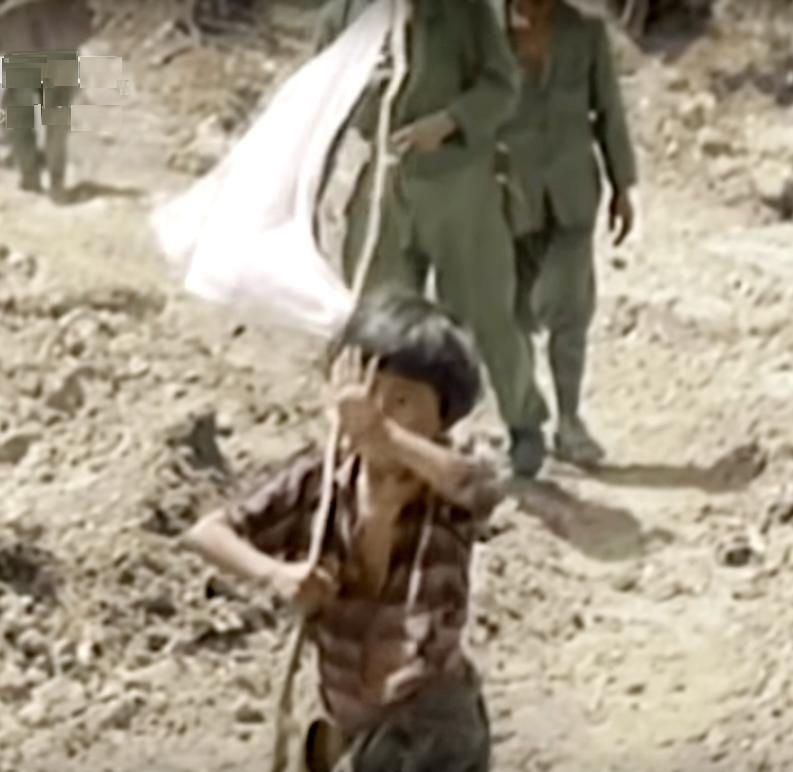
Figure 1.--This is one of the best known images in Japan of the Battle for Okinawa. The child is 7-uear old Tomiko Higa -- 'the girl with the white flag'. Tomiko spent weeks alone trying to survive amist some of the fierest fighting of the Pacific War. She finally bravely 'surendered' to the Americans. Here she waves, hanging on to her white flag, and thinking she is about to be shot. She does not yet know that she is finally safe and the Americans are not monsters. Source: U.S. Army photo. |

